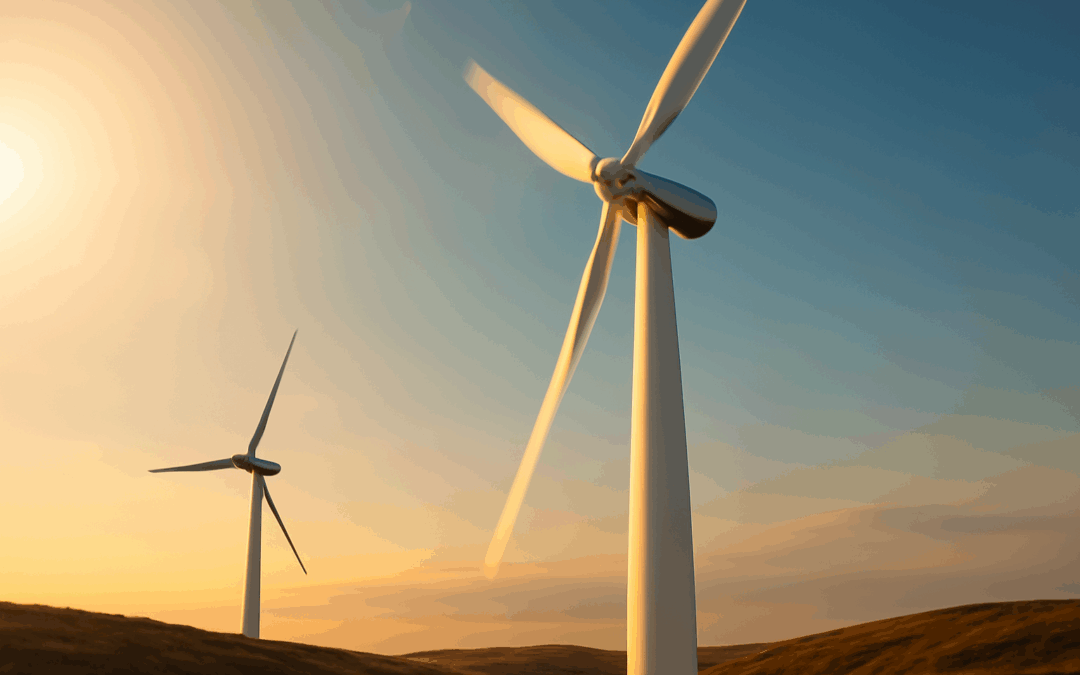Spain, a leading nation in wind energy, is continuously seeking innovative solutions to maximize its renewable potential. This pursuit takes center stage on October 2nd, with the Spanish Wind Energy Association (AEE) hosting its highly anticipated Operational Analysis of Wind Farms Conference. A key theme that will be deeply explored, and recently highlighted on the radio program “Wind Waves,” is the crucial topic of wind farm repowering, a strategy vital for the sector’s future efficiency and sustainability.
The conference, a significant technical and technological knowledge forum for the Spanish wind sector, has historically attracted over 200 attendees to its technical sessions. This year promises to be even more insightful, featuring the participation of more than 25 expert speakers who will delve into the complexities and opportunities of optimizing wind assets. Repowering, which involves replacing older, less efficient turbines with modern, more powerful ones, is a prime example of the industry’s commitment to continuous improvement. Experts like María Lascas from Spares in Motion, Jesús Navarro from DNV, Nelson Burgueño Díaz from Hitachi Energy, and Juan de Dios López from AEE recently discussed how repowering not only boosts energy output but also extends the operational lifespan of wind farms, making them more competitive. This approach is fundamental in ensuring the long-term viability of onshore wind, complementing the rapid advancements seen in areas like offshore wind turbine technology and the nascent integration of green hydrogen solutions.
The strategic importance of repowering was underscored in a recent discussion on “Wind Waves,” where the panel emphasized that enhancing existing infrastructure through technological upgrades is often more sustainable and cost-effective than developing entirely new sites. This trend aligns perfectly with the broader industry’s drive towards greater energy density and system integration, crucial for national energy security and climate goals.
Projects and strategies like repowering directly contribute to global sustainability targets. By optimizing existing wind farms, Spain makes a substantial leap towards ODS 7 (Affordable and Clean Energy), producing more clean electricity from the same footprint, equivalent to powering thousands more homes with renewable sources annually. Simultaneously, this proactive approach significantly strengthens ODS 13 (Climate Action), as increased renewable generation reduces greenhouse gas emissions, combating climate change more effectively than relying on fossil fuels.
As the wind energy sector continues to evolve at a breathtaking pace, the focus on innovation, efficiency, and sustainability becomes paramount. What role will repowering play in shaping the energy landscapes of tomorrow, and how can we collectively accelerate these transitions to secure a cleaner, more resilient future?
Did you know we have courses related to this?
View GWO Basic Safety Training course
View GWO Basic Technical Training course
